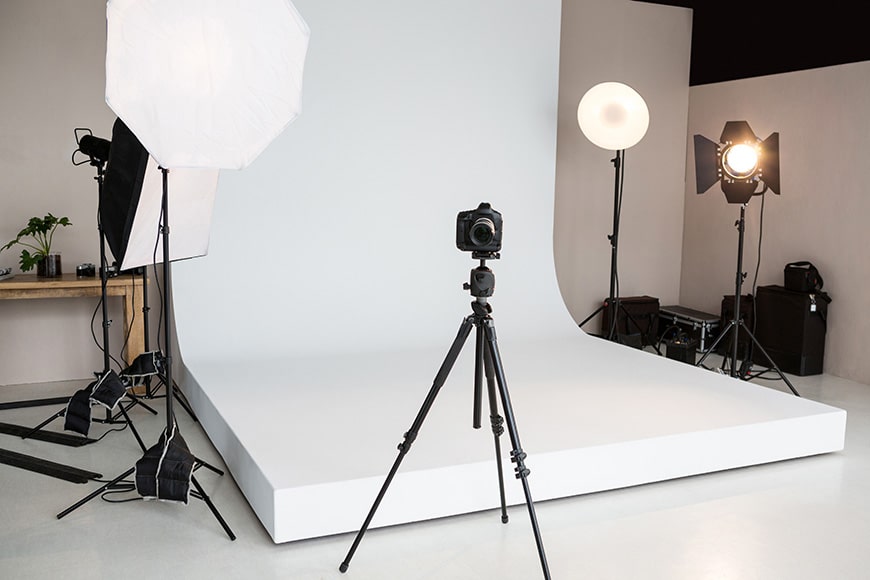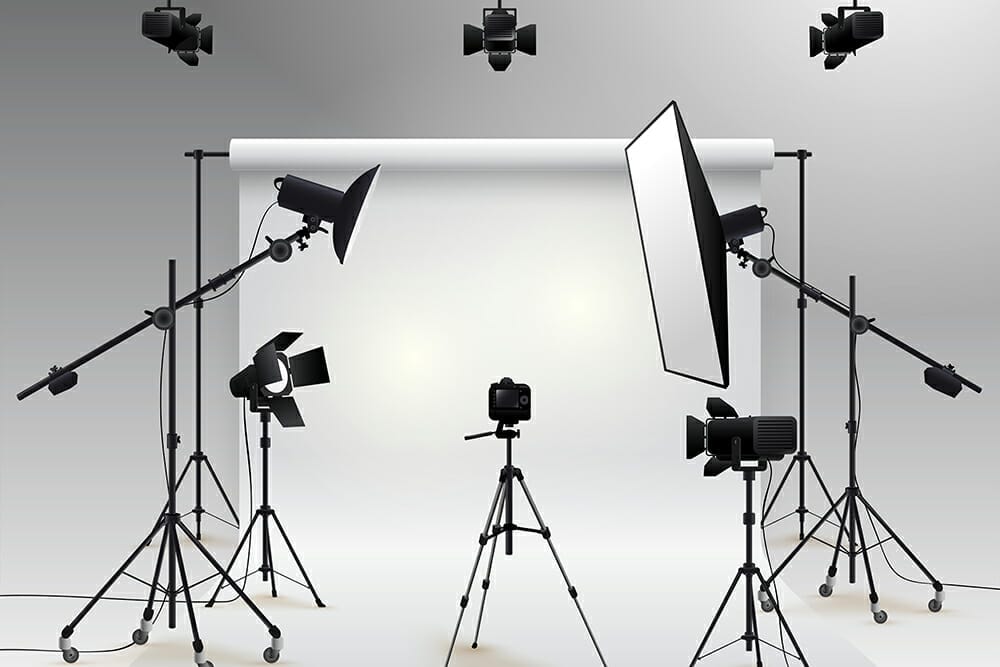When is the Best Lighting for Outdoor Photography?
As a professional photographer, understanding when is the best lighting for outdoor photography can significantly impact your work. The natural quality of light transforms scenes and can enhance your storytelling through images. Knowing how to harness this light at different times of the day allows you to create stunning visuals that resonate with your audience.
In this article, we will delve deep into outdoor lighting conditions, explore the best times for shooting, and analyze how different weather conditions can affect your photography. So let's dive into the luminous world of outdoor photography!

Golden Hour: The Photographer's Best Friend
The golden hour, which occurs shortly after sunrise and before sunset, is regarded as the ideal time for outdoor photography. During these magical moments, the soft, warm glow of sunlight casts beautiful shadows and creates a unique atmosphere.
Photographers often use this period to create ethereal portraits, landscapes, and event photos that radiate warmth and vibrancy. The low angle of the sun means that the light is diffused and creates longer shadows, achieving a stunning three-dimensional effect in images. Capture the golden hour to enhance depth and make your subjects truly pop.

Understanding Blue Hour
Shortly before sunrise and right after sunset, photographers experience another unique lighting condition known as the blue hour. During this time, the sky takes on deep, rich blues as the sun descends below the horizon, providing a wonderful contrast against city lights or illuminated subjects.
The light during the blue hour is softer and allows for a more dusky, dramatic mood in photographs. It is an excellent time for nightscapes or to capture urban environments with a serene flair. If youre looking to evoke emotion or capture unique textures in your images, experiment with shooting during this period.

Weather Conditions and Lighting
The weather significantly impacts outdoor lighting conditions, and as a photographer, embracing these conditions can lead to astonishing results. Overcast days often allow for soft and even lighting, eliminating harsh shadows. This can be particularly advantageous for shooting portraits or intricate details on landscapes.
On the other hand, stormy or harsh conditions can reveal dramatic lighting. The contrast between dark storm clouds and bursts of sunlight can lead to breathtaking results. Always be preparedgrab your camera and venture outdoors when the weather turns intense; you may capture a moment that tells a compelling story.

Using Natural Reflectors
Understanding how to utilize natural reflectors can elevate your outdoor photography. Surfaces such as water, sand, and even open fields can act as reflectors, bouncing light onto your subjects. For instance, during a sunset by the beach, the sand can reflect warm light back onto your model's face, adding a glow that enhances your shot.
Simply put, assess your surroundings and analyze where you can utilize reflective surfaces to your advantage. Always be on the lookout for new opportunities to capture the beauty around you.
Timing Your Shots for Best Results
Planning your shoot times is crucial. The timing of your sessions can determine the outcome of your photographs. Use weather apps, sunrise/sunset calculators, and continually check the conditions surrounding your specific location.
In addition to golden and blue hours, each season offers different light qualities. For instance, autumn provides vibrant sunsets with richer colors. In contrast, summer sunsets can be much brighter and result in less defined colors. Always go out, experiment and planallow your encounters with the light to dictate your schedule.
Camera Settings: Capturing the Right Light
Regardless of when you shoot, knowing the right camera settings is vital. Adjust your aperture, ISO, and shutter speed to match the lighting you encounter. Lower ISO settings capture cleaner images in bright conditions, while higher settings help in darker scenarios.
Similarly, adjust your aperture to create that beautiful bokeh effect or to allow more light in when needed. Always be aware of your settings to ensure you're making the most of the optimal lighting conditions available to you.
Practice Makes Perfect
Every professional photographer understands the importance of practice. Regularly shooting outdoors helps you understand how light interacts with your subjects. Engage in various environments, during different times of the day and under various conditions, to grasp the subtleties of light.
Even consider joining local photography groups or participating in workshops to gain insight and feedback on your work. Collaborating with fellow photographers can help enhance your skills while inspiring you to try new lighting techniques.
Frequently Asked Questions
What is the best time for outdoor photography?
The golden hour just after sunrise and before sunset is considered the best time for outdoor photography due to soft, warm lighting.
How does weather affect lighting conditions?
Weather can enhance or soften lighting. Overcast days provide even lighting, while stormy conditions can create dramatic contrasts.
Why is the blue hour significant?
The blue hour offers rich, deep blue tones that can provide dramatic backgrounds and enhance urban photography.
Related Resources
For further insights on good lighting for photography and other techniques, check out these useful links!
For more specific techniques, consider looking at this article on essential shaping light methods.
As an Amazon Associate, I earn from qualifying purchases.

